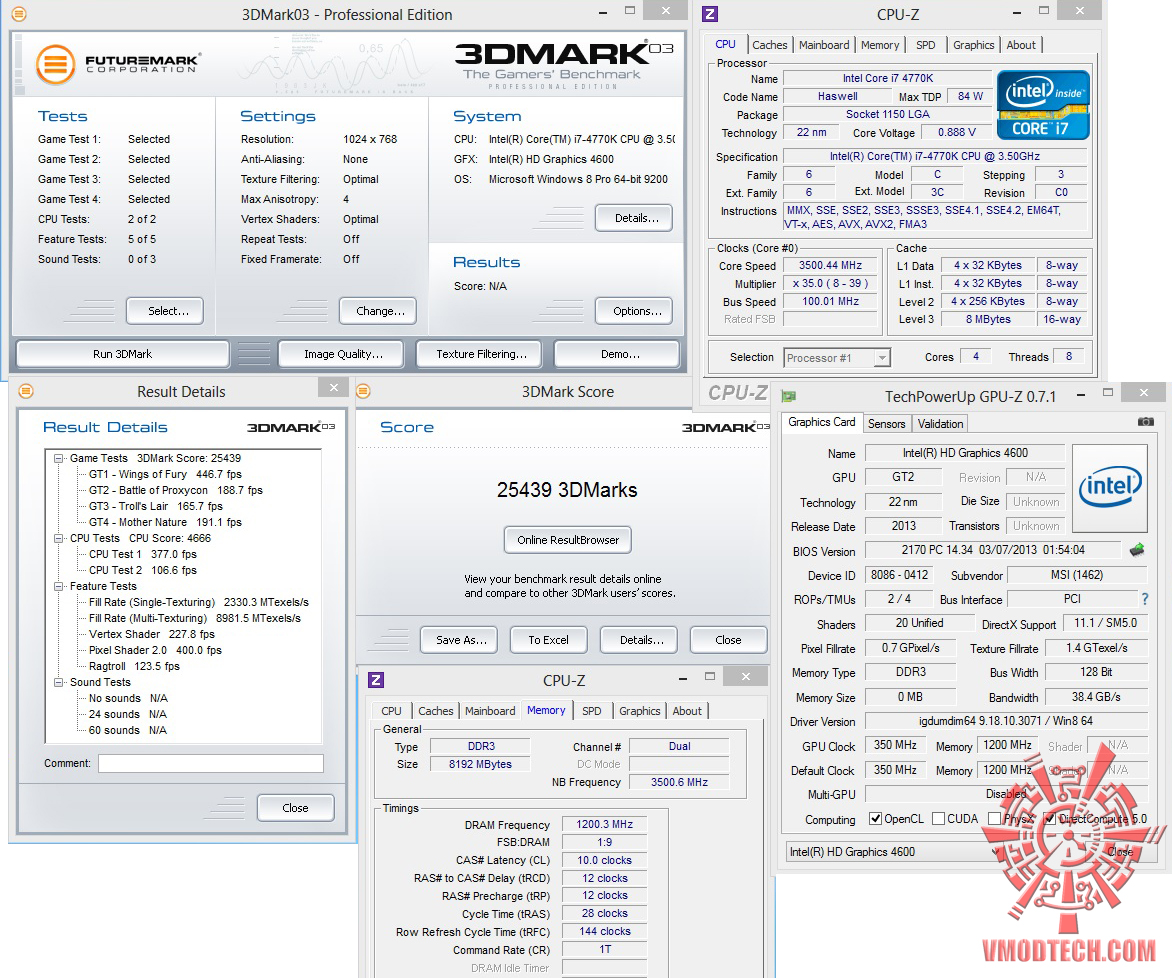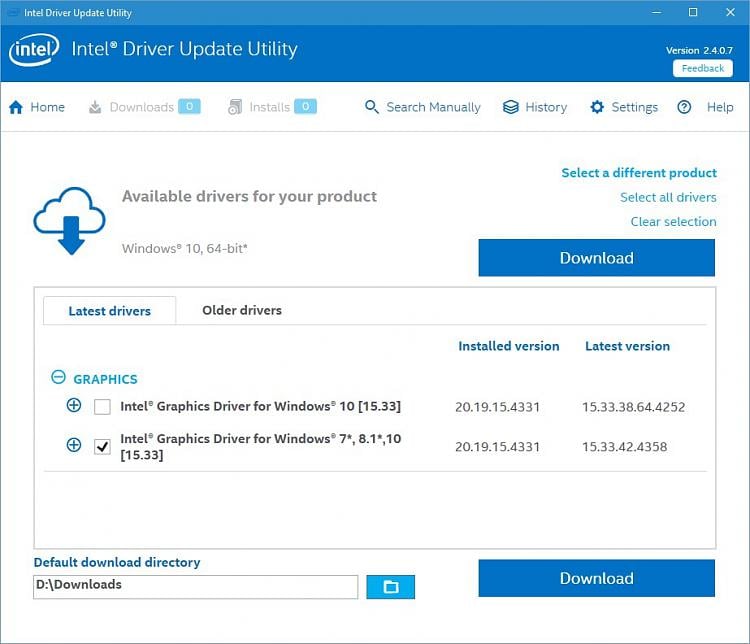

It provides poor gaming and benchmark performance at. it should be able to do 2 displays off the board (1xDVI-D and 1 VGA) through the on-board Graphics on the CPU as it Supports upto 3 displays on the Intel HD. The only way that I got back to a properly configurable display detection was to completely disable Hyper-V. Compatibility-wise, this is card attached via PCIe 1.0 x16 interface. I tried just stopping the Hyper-v service, but that still didn't remove these "ghost" displays. Trying to manipulate the configuration seems to cause problems, and the system seemed to freeze for a little while, and then revert to the first duplicated configuration. The "Multiple Displays" dropdown just showed various options for duplicating the screen across combinations of the 6 identified displays. Find support information for Intel HD Graphics 4600 including featured content, downloads, specifications, warranty and more. I could no longer get back to my original display extended display configuration (#1 extended to #2), and could not get my physical monitors to be identified separately. Articles Drivers & Software Specifications. With AMD Smart Access Memory, the data channel gets expanded to harness the full potential of GPU memory, removes the bottleneck and increase performance. When I went into the "Display Settings" screen, I noticed that there were several additional identified displays (3,4,5,6) that do not physically exist.

As soon as I restarted the computer, I noticed that my monitors were now duplicated (showing the same desktop on both monitors).

I enabled Hyper-V on my HP Windows 10 Pro laptop today that has a 2nd monitor that is configured as an extended display (the laptop is #1, the external monitor is #2).


 0 kommentar(er)
0 kommentar(er)
